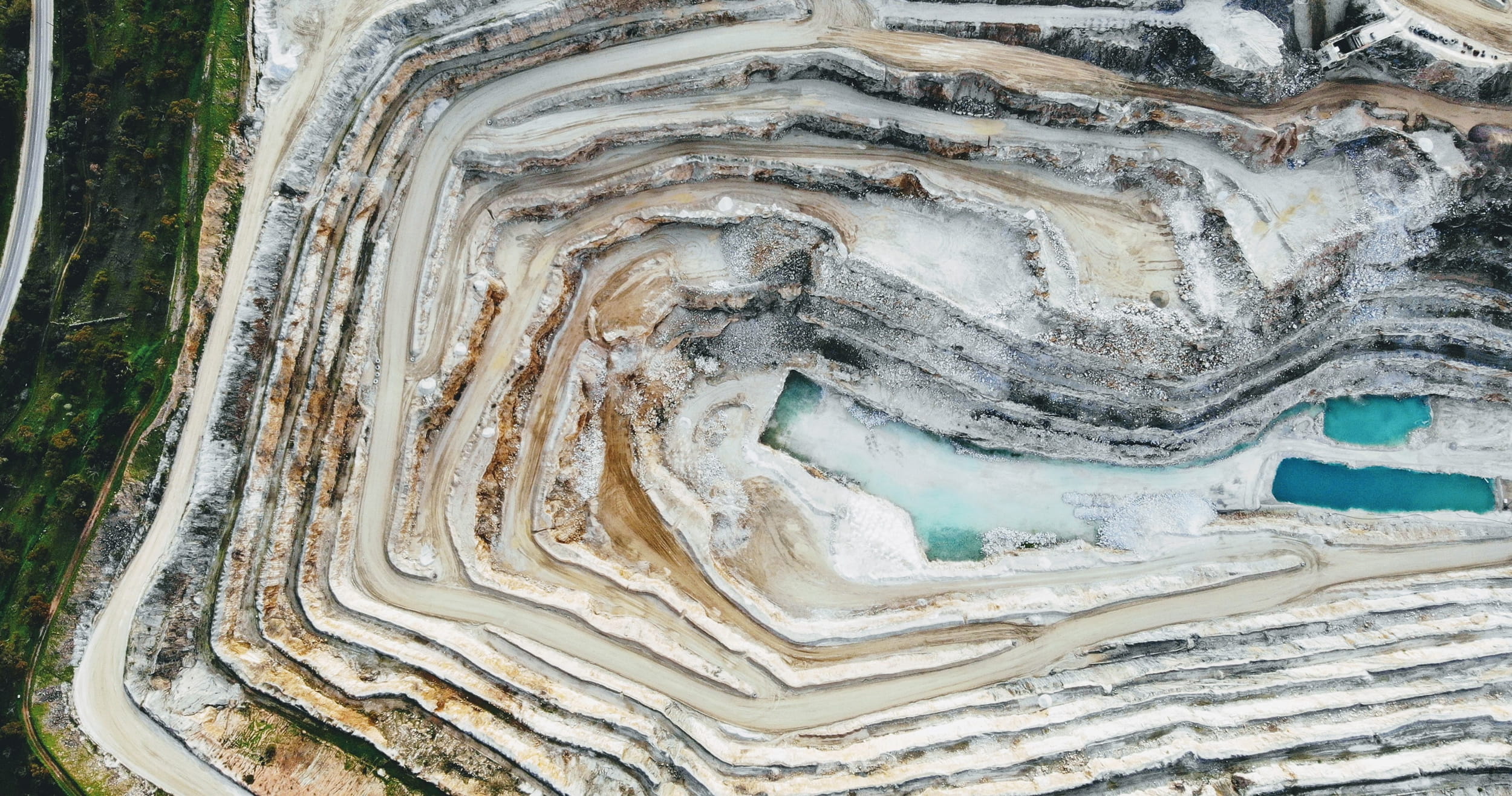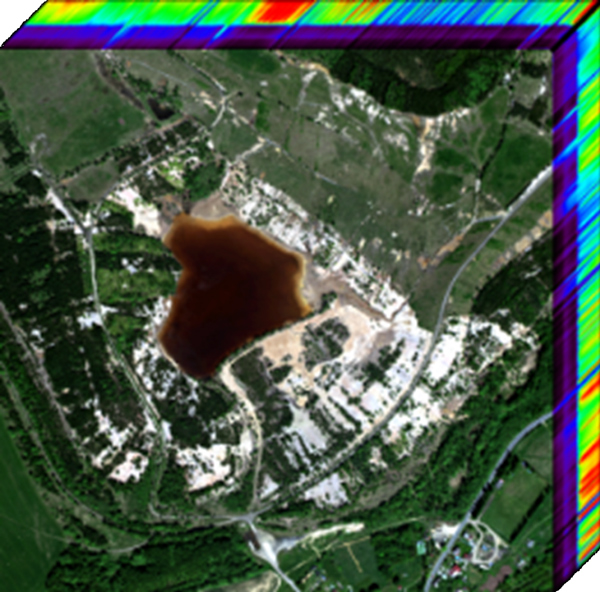

Earth Observations for Multi-Scale Monitoring of Mining Impacts

Concept
In the 21st century, it is imperative for the mining industry to embrace transparency, sustainability, and social responsibility. Throughout the mining life cycle of exploration, extraction, closure, and mine-site rehabilitation, it is crucial to implement technologies that minimize environmental impact and enable effective monitoring. Earth Observation (EO) data, combined with in situ information, plays a significant role in promoting sustainable management of mineral resources and facilitating comprehensive monitoring of mining activities at various scales.
Despite the widespread use of EO data in fields such as environmental conservation, forestry, agriculture, and land use planning, the mining industry has yet to fully leverage these technologies for efficient and transparent environmental monitoring. Fortunately, there is a wealth of freely available EO data from ESA and NASA, including the Copernicus program, as well as value-added products and services like Copernicus Land Monitoring Services (CLMS) and EMIT Aggregated Surface Mineralogy products.
While EO solutions have primarily been presented in research papers, ongoing projects are focused on developing innovative monitoring techniques specifically tailored for mining stakeholders. These approaches are expected to be finalized soon and will be made accessible as open-access resources. Additionally, efforts are underway to create strategic public documents that outline EO indicators for monitoring the mining environment. GEOMIN, under the Group on Earth Observations (GEO), will play a key role in disseminating these resources to broader communities, fostering knowledge sharing, and enhancing their overall impact. By harnessing the potential of EO technologies and data, the mining industry can advance towards a more sustainable and environmentally conscious future.
GEOMIN’s activities will focus on the following key areas:
Additionally, GEOMIN will share open-access and open-source software tools developed under ESMIN (the network for European Commission-funded mining innovation projects: MultiMiner, GoldenRAM, S34I, m4mining, and AGEMERA) via the GEO Knowledge Hub. Product videos, success stories, as well as reports and guidelines on utilizing EO data, products, and software tools to create EO indicators, will be made accessible through the GEOMIN/GEO website.
Objectives
Despite the vast availability of free EO data, there is currently a lack of global or regional products/services tailored specifically to meet the unique needs of the mining sector. As a result, the utilization of EO data at the operational level is limited, with existing products primarily at lower Technology Readiness Levels (TRLs 3–5). Through the GEOMIN initiative, our goal is to promote and showcase the added value of these solutions at lower TRLs, with the aim of helping them to advance to higher TRLs.
To address these gaps, GEOMIN proposes to convene under the Focus Area of Water and Land Sustainability while also aligning with other relevant Focus Areas, such as Ecosystems, Biodiversity, and Carbon Management. By focusing on these key themes, GEOMIN can play a vital role in enhancing the utilization of EO data for sustainable mining practices and beyond.
This activity supports multiple United Nations Sustainable Development Goals (SDGs). Key goals include SDG 6 (Clean Water and Sanitation), by promoting monitoring of water quality around mining sites, and SDG 12 (Responsible Consumption and Production), through sustainable resource management. SDG 15 (Life on Land) is addressed by mitigating land degradation, SDG 13 (Climate Action) is supported by reducing environmental impacts of mining operations, and SDG 9 (Industry, Innovation, and Infrastructure) is supported by advancing mining technologies. The initiative also indirectly contributes to SDG 17 (Partnerships for the Goals), by fostering knowledge-sharing and collaboration for sustainable development.
Points of Contact


